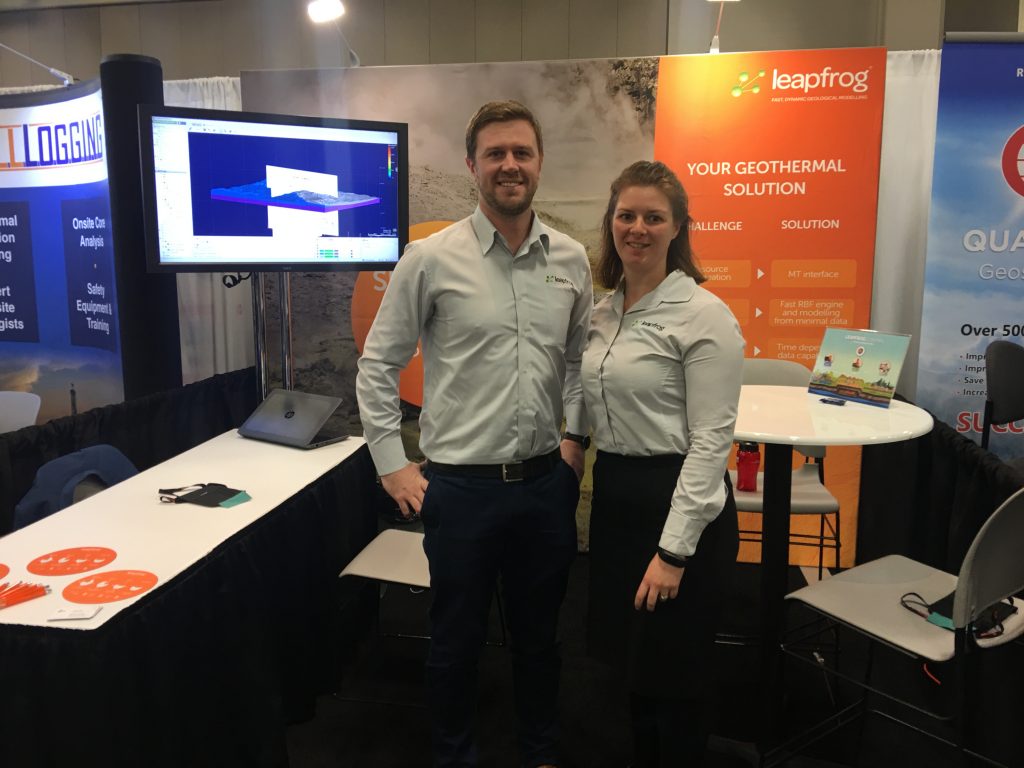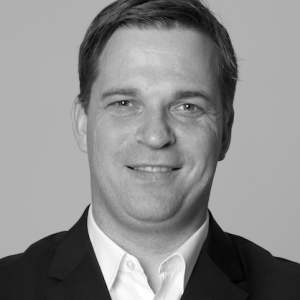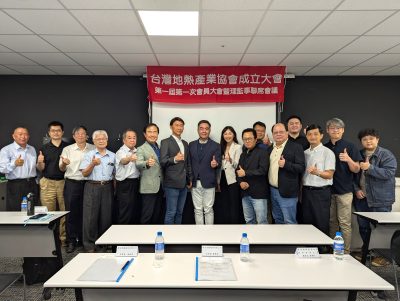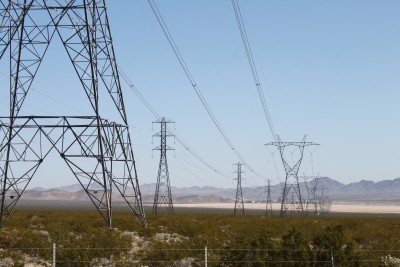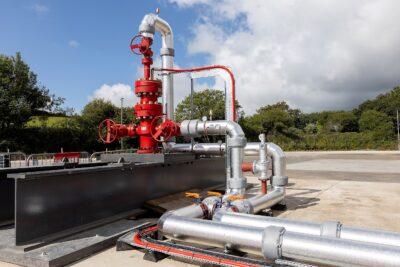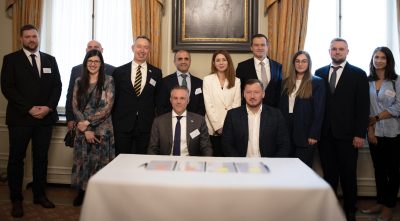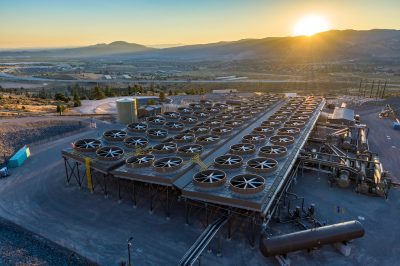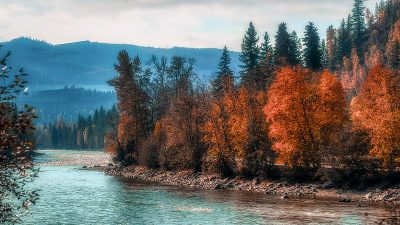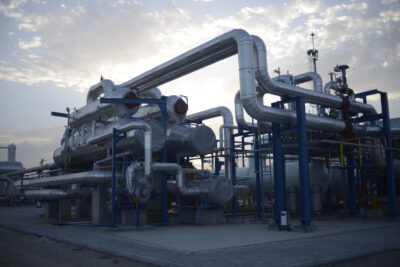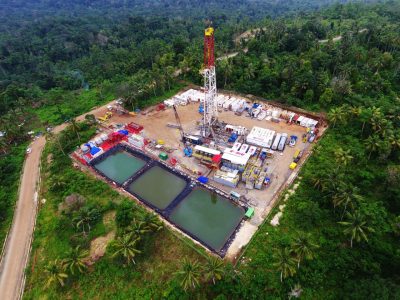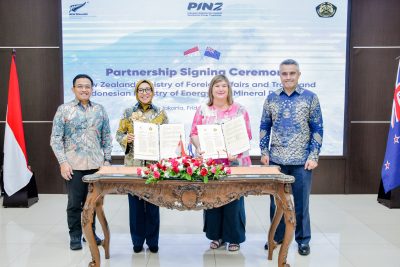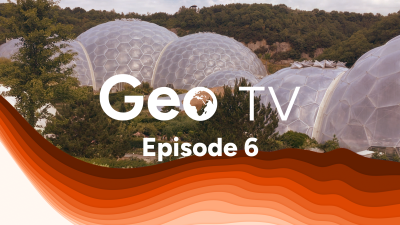Interview: 3D modelling and its role for geothermal development
In this interview with Jeremy O'Brien of AranzGeo we talk about 3D modelling and its role for geothermal development and the background of the Leapfrog 3D modelling software.
Interview: 3D modelling and its role for geothermal development
Looking at geothermal development, there is always a lot of talk on exploration risk, the challenges of finding resources and how to secure successful drilling. While we often talk about the drilling itself and some of the reservoir engineering going into exploration, we wanted to know what role software can play in this context.
So we had the chance to connect with Jeremy O’Brien of ARANZ Geo, the company behind the widely popular Leapfrog 3D geothermal modelling software.
What do you see as key challenges of the geothermal sector?
The key regulatory and commercial challenges for the sector are around Power Purchase Agreements (PPAs), incentives and funding, and creating appropriate legislation for development to occur. Geothermal project developers have to overcome a range of obstacles and mitigate risk to keep making progress. The biggest technical challenges are finding suitable sites and exploration risk, particularly in the early stages of development, as of course drilling has inherent risk. Once fields are up and running technology and information to guide field management best practice is also critical to ensure viability in a very competitive and ever changing global energy market.
What role could technology and innovation play in solving some of these key challenges?
Technology and innovation is crucial in driving any industry forward to create efficiencies, boost productivity and open up new opportunities. Geothermal industry dynamics are demanding innovation to help solve key commercial and technical challenges to achieve economical geothermal production. The geothermal industry to date hasn’t seen the level of investment in innovation compared with some other commodity based resource industries, so the industry is very receptive.
Software innovation can drive value from complex geothermal project data to extract efficiencies and boost productivity. Critical development decisions can be made with confidence and risks mitigated more effectively throughout geothermal exploration and project development. Improved information insights also inform investors, as well as regulators and the general public who are increasingly demanding sustainable energy solutions. Technology and innovation that reduces the associated costs of geothermal exploration and the development of new fields gives companies the edge and pushes the industry forward.
ARANZ Geo has been strong in the mining sector, but has also put a lot of work into a geothermal energy specific solution. Why do you believe a bespoke solution like this was necessary and why now?
In 2008 we saw an opportunity to apply our core geological modelling software Leapfrog and our learning from mining to the geothermal sector. We worked closely with the New Zealand Geothermal Community (GNS Science, Contact Energy, and University of Auckland) and created a bespoke solution that would service the needs of the industry. Leapfrog Geothermal was first commercially released in 2010.
The growing market interest in geothermal power and sustainable energy means the industry is increasingly looking for innovation to progress. We’ve been responding to this with an intensive software development programme. Leapfrog Geothermal, our subsurface solution tailored to the industry, has tools specifically designed to help geothermal professionals.
With the Paris agreement there is a key focus on renewables and geothermal provides baseload which is crucial for most existing grids globally which aren’t designed for the peaks that wind and solar provide. Investors can understand solar and wind as they can see and feel those resources. As a communication tool 3D geoscientific modelling allows complex processes/phenomena to be portrayed in a way that the wider community can understand which is crucial to increasing awareness and explaining decision-making.
The geothermal industry has responded to our bespoke solution and over the past year we’ve tripled our sales. We’ve also recruited full time geothermal resources based in Europe and Asia pacific to support our growth in the market.
The geothermal sector has been driven by suppliers of turbines, drilling rig and solutions, but there has been not much in the sense of IT or even software solutions. So what role can a software firm like ARANZ Geo play for the geothermal sector?
We help give the subsurface a voice. The key risk you hear wherever you travel around the world is around the upfront costs of exploration and how to communicate that risk. By applying industry best practices in exploration and development, and using 3D software creates a platform for subsurface professionals, stakeholders and decision makers to be on the same page. 2D analysis of data is an important process however people grasp concepts much more easily in three dimensions as it is a part of day to day life in 2017.
Seeing more and more 3D subsurface models for geothermal projects created with Leapfrog software, where do you see the key value proposition of Leapfrog for the industry?
The key value proposition is that our software helps drive clarity in decision making throughout the lifecycle of geothermal development. Leapfrog turns complexity into clarity with 3D models and visualisations that improve geothermal understanding – enabling senior executives and subsurface professionals to make critical time-sensitive investment decisions that reduce risk, cost and time.
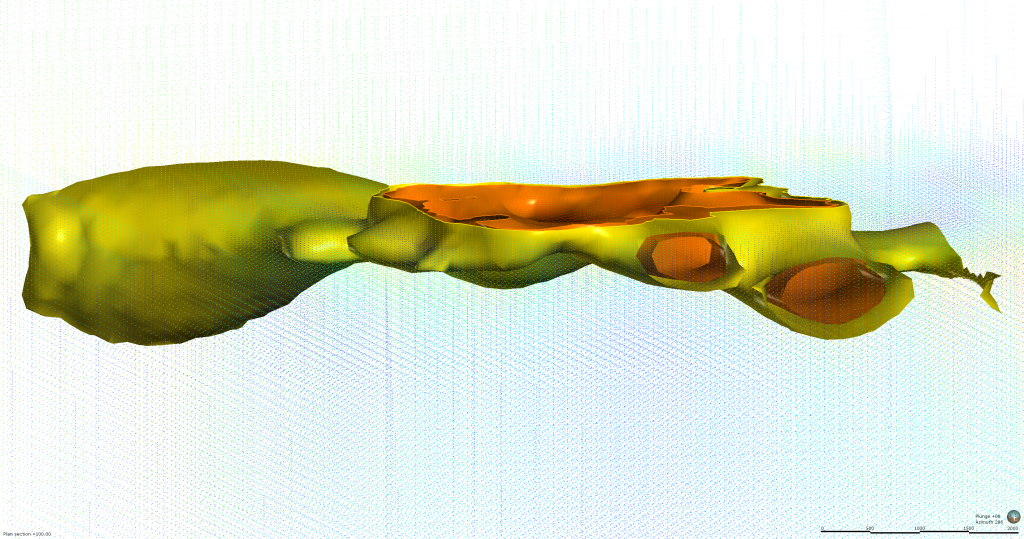
So what is next for the software what can we expect to see in new iterations of the software?
This year we have already released two new versions of Leapfrog Geothermal. This has brought the dimension of time into the product, which gives data like micro-seismicity more context. We have also updated our geophysical capabilities especially with respect to iso-surfacing geophysical grids in our latest release of Leapfrog Geothermal 3.4. We also added the ability for Leapfrog Geothermal to interface with Leapfrog Central model management and communication tool which provides a platform for one version of the truth and auditability of projects with time.
We work closely with the geothermal industry and our next release is set for November this year. It will likely include an update to our well planning tool to allow more complex trajectories to be evaluated in the planning process. We continue to work on our interface with TOUGH2 and we’re adding different gridding capabilities for that. We are also working on web based visualisation of models rather than desktop based applications to allow for more streamlined access to models.
It is great meeting the ARANZ Geo/ Leapfrog team at the GRC Annual Meeting and the GEA GeoExpo+ here in Salt Lake City.
To learn more about Leapfrog 3D software for the geothermal sector, visit: http://www.leapfrog3d.com/industry-solutions/geothermal-energy
